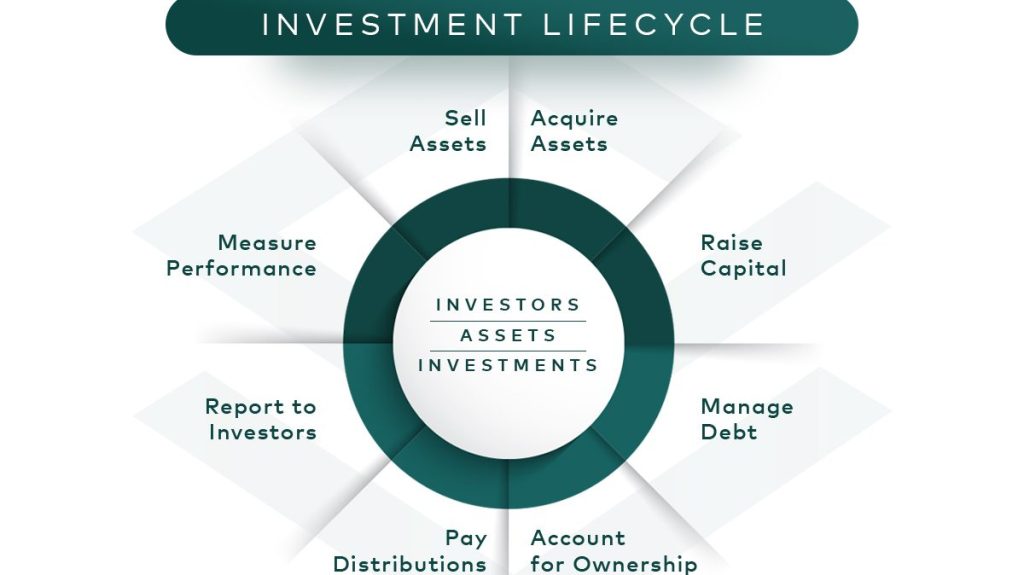When internal teams operate in silos, information gets lost, decisions slow down, and opportunities are missed. That’s a reality PEG Cos. has worked hard to overcome as it scales its multifamily and hospitality portfolio.
“We’ve seen silos emerge between operations and investment teams, and also between centralized services and the front lines,” says Craig Bingham, Chief Financial Officer and partner at PEG. “As the business grows, you can’t afford disconnects—you need systems and processes that keep everyone aligned.”

Craig Bingham, Chief Financial Officer and Partner at PEG
Aligning Development With Operations
At PEG, that alignment begins with shared forecasting. Rather than splitting financial planning and analysis (FP&A) across teams, PEG integrates it into a single process used by operations, asset management, accounting, and the investment side. Everyone touches the forecast, Bingham says, informing how they manage reserves, evaluate markets, and hold themselves accountable to underwriting assumptions.
Similarly, cross-functional reviews play a key role in ensuring new projects are built with long-term performance in mind. PEG’s “experience reviews” bring together development, construction, operations, and investment teams before projects break ground or go through acquisition.
“The idea is to look at the property through the lens of the resident experience, current market conditions, and operational efficiency,” Bingham explains. “It helps avoid costly mistakes and ensures what we’re building can be operated effectively.”
Meeting Investor Demands for Transparency
Visibility isn’t just an internal priority. Investors today expect transparency—not just quarterly updates. PEG recently restructured its asset summary reports and enhanced investor dashboards to provide on-demand access to performance metrics, property-level financials, and loan information.
“Institutional investors especially want deeper insights,” Bingham says.
To support that transparency, PEG has built a custom reporting infrastructure powered by a business intelligence (BI) team. These specialists integrate data from various systems into centralized dashboards that serve multiple departments.
“It’s not just about speed—it’s about accuracy and consistency,” Bingham notes. “When everyone’s looking at the same data set, it eliminates friction.”
Leveraging Yardi for Operational Integration
Much of this infrastructure relies on Yardi, which PEG uses as its core property and investment management platform. While Bingham is candid about the challenges that come with any large software system, he says Yardi has made meaningful improvements—particularly around investor transparency and data access.
“They’ve recognized that firms like ours need more than basic property management tools,” Bingham says. “We need investor portals, rent collection systems, debt tracking, and a way to tie it all together.”
From Vendor to Partner: A Collaborative Approach
What matters most to Bingham is not just what a platform does, but how it engages with clients.
“We don’t want vendors—we want partners. I want someone who understands my business, listens to feedback, and evolves with us,” he says. “That’s how you get better results—on both sides of the relationship.”
Discover how Yardi helps you build smarter, manage better, and invest with confidence—streamlining your entire operation from the ground up.



